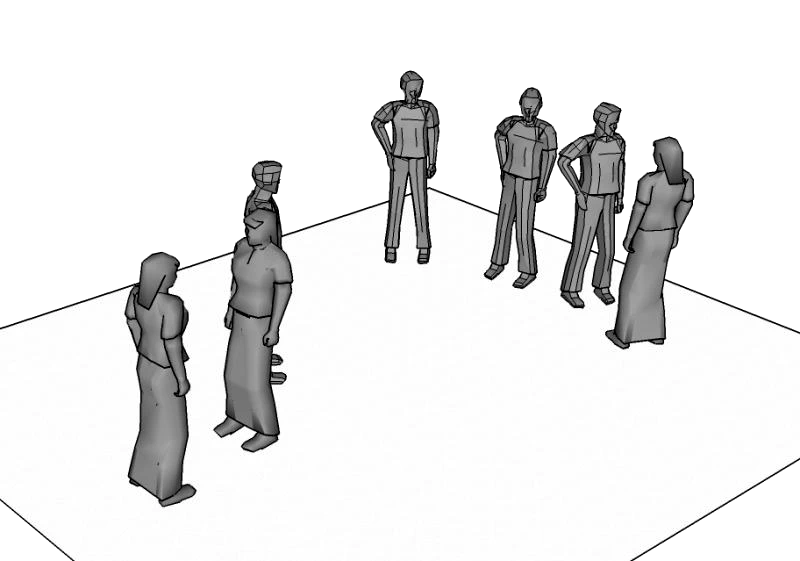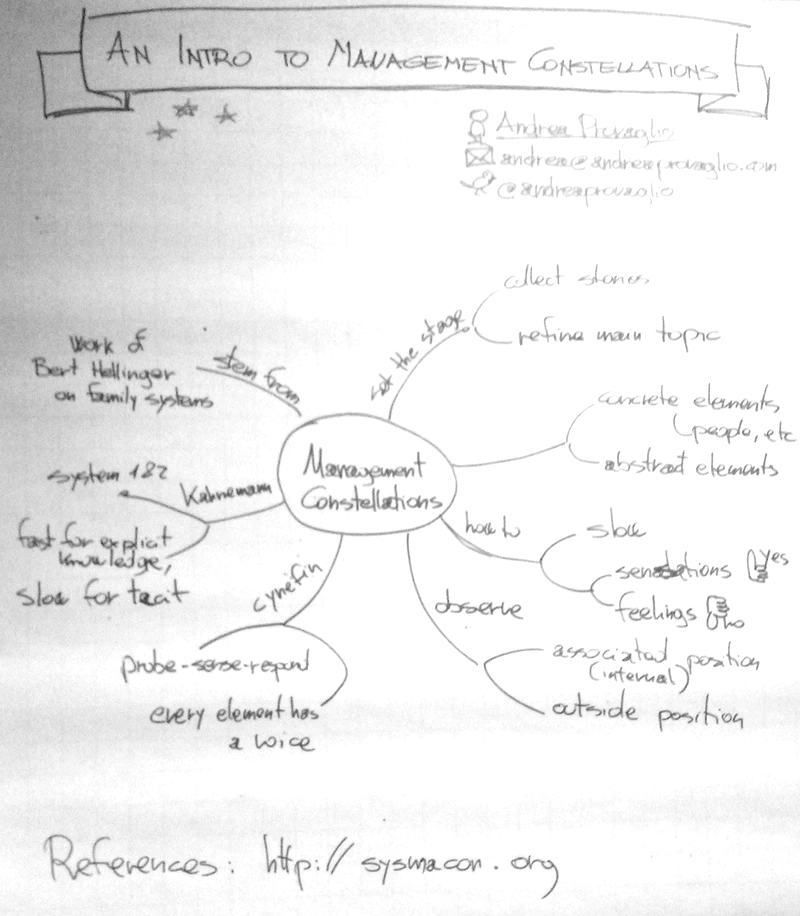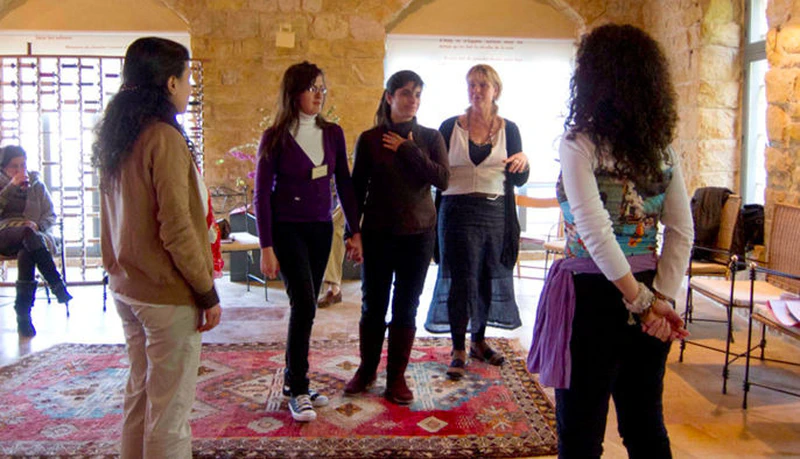What if you stopped listening to be attentive? Attentive to what is happening around you. The predominance of listening in the discourse of coaches, consultants, gurus and others is exaggerated. In reality this could both amuse and wear me out. Could it sometimes be more of a posture than a reality? Note to self: notwithstanding it’s quite restful as a posture. The observation of reality by researchers indicates that ultimately very little passes through words, through listening to words, through the meaning of words?
Stop listening, observe
A well-known study by Albert Mehrabian showed that only 7% of communication passes through the words we listen to. That communication would transit much more through the tone of voice (38%) and body attitude, visual impression (55%). But this study has been called into question, by its author himself, it would only concern communications relating to feelings and state of mind (when we talk about our feelings, our state of mind). Note for coaches: we must therefore remember to listen less when people talk about their feelings, their emotions, their states of mind, and observe more.
I’m joking, naturally we must pay great attention to the other, yes naturally listening includes tone. But quite often this attention will find substance not in words but in all the choreography that surrounds them. Paying attention to the other is perhaps more about observing them than listening to them. To the maxim: stop talking, act, I would like to add: stop listening, observe.
Play a game: take 10 minutes during your next meeting to not hear the words, to not listen. But just to observe the facial expressions, postures, tones, gestures, attitudes. Where and how does the person with power in the room position themselves? And you? I remember Dan (Mezick) who told me that as a coach we should put ourselves with our backs to the entrance door, vulnerable, and not on the other side of the table, with our backs protected, in “Fort Alamo” mode. In short, note the correlations between attitude and content, note the recurrences over time. Words are ambiguous. Just by reading this short text you bring your own mythology, which is not mine, we are already diverging. This divergence can lead us to interesting places, but we are diverging.
The tone, the choreography that accompany words are already as much feedback on which to rely to diverge less, provided we are attentive to it. The prevalence of conversation over written specification comes from there. But it is indeed a conversation not a monologue. Conversation is a feedback loop, of reformulation (hence the importance of reformulation for “managers”, “leaders” and other animals of the modern bestiary).
Constellations, systemic coaching
All this brings me back to a session by Andrea Provaglio on systemic constellations and associated coaching. There no words, but postures, attitudes, places where we stand, turned, with our backs, facing, leaning, sitting, we can see each other, not see each other: systemic constellations. So be careful when searching for “systemic constellations” we quickly come across things related to family therapies, and there, kryptonite, I don’t know, and it seems heavy. I’m talking about what seems to be an extension of these methods in the field of systemic coaching therefore organizational dynamics. That was the subject of Andrea’s session, nothing else.

So in this session no speech, but postures, positions. Andrea chooses a subject, in both senses: a person and a theme they wish to address. This person tells their story and Andrea extracts five or six concepts from it: as many actors of the story (the expert, the CEO, the HR, etc.) as objects or concepts (money, raise, performance, pride). Then he writes each of these concepts on an A4 sheet, and he then asks the person to place these A4 sheets on the floor according to the meaning and dynamics of these concepts in “real life”. To make them even more tangible he asks the session participants to come embody these concepts by placing themselves on the sheets. From then on we perceive much more the distances, proximities, each person’s field of vision. The scene has become concrete, tangible, embodied. For the subject, for the person who brings it, to observe and move people according to what they are looking for: we bring people/concepts closer, we distance them, we interpose ourselves, we make visible, we kneel, we straighten up. It’s very visual, the scene, the question is embodied, and provokes a small revelation.

Imagine someone who acts as a “bottleneck” who finds themselves in the middle of a group on the left, a group on the right. Imagine too many interfaces, the group on the left doesn’t see the group on the right hidden by the people in the middle. Imagine two people side by side who have their backs to each other. Imagine “they’re there in their corner”. Imagine “everyone turns toward them, but they only see half the people”. Etc.
From then on keys become apparent. No speech, we have made physically intelligible a problem, without falling into the ambiguity of words. Talk less, listen less, observe more, talk less but make tangible.
Ps: you will note on Andrea’s paperboard, attached (click on it to enlarge), “sensations yes, feelings no”: we don’t bring in words that can make things ambiguous.
